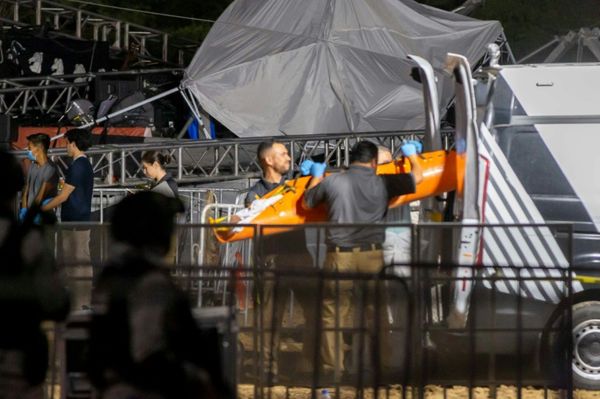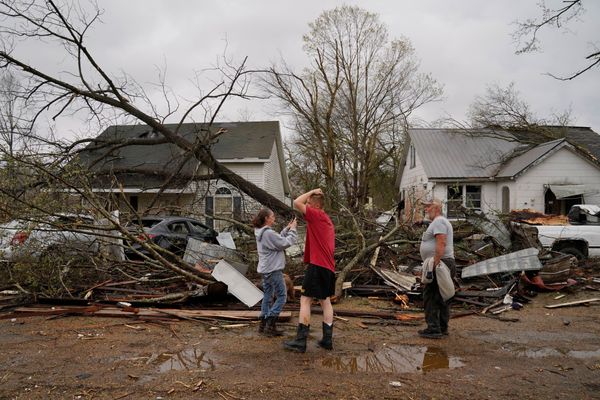
Crosby Coastal Path lures winter walkers north towards Hightown, where the River Alt, after meandering across North Merseyside, joins the Mersey to spill out into Liverpool Bay. Sandwiched between estuary, beach and scrub, with a ribbon of fixed dunes, there is much to tempt the senses here.
It is bitterly cold today, harsh and penetrating, yet invigorating. The sky is cloudless and luminous, as only a winter sky can be. The scrubby sward, floral and fecund in summer, is now flattened and frost-embossed. A vole scuttles through the grass, its progress aided by the rigid archways of frozen plants.
Crosby beach is like no other: this is “blitz beach”. Two miles of debris covering the sand, so rich in pattern, texture and colour, artefacts of one nation’s hatred of another. There are doorsteps and lintels; bits of walls and chimneys; curlicues, fleurs-de-lis and gargoyles; signs of lives lived before. This chaff of the 1941 May blitz on Liverpool and Bootle was brought here 75 years ago to protect the coast against Mersey storms. Now it is washed, eroded and remoulded, clays returning to river sediment.
History and nature converge here, as wartime relics anchor plants and harbour roosting birds. Despite the season, this is not a habitat in hibernation. Sea beet grows profusely among the fragments. Cormorants fly overhead; anxious redshanks call. Oystercatchers pipe while turnstones sift among remoulded bricks, so like the pebbles they normally favour for scavenging. Stonechats, in great numbers, dash from erect frozen stems to fence posts, their radiant rufous breasts as warming as mulled wine.
What draws the eye most is an unusually large flock of grey plovers. They line the lower margins of the beach, wing feathers outlined porcelain white. Some birds face seawards, others towards land. Clustering in such numbers provides warmth and protection from predators, and as the rising tide encroaches, the birds shuffle en masse further up the bomb-scree for temporary refuge. As the tide bites further, there is no leeway left for roosting; with a rush, they take flight, a hundredfold choreography of white rumps and black “armpits”. The cold persists, but I am warmed.
• Country diary is on Twitter at @gdncountrydiary







